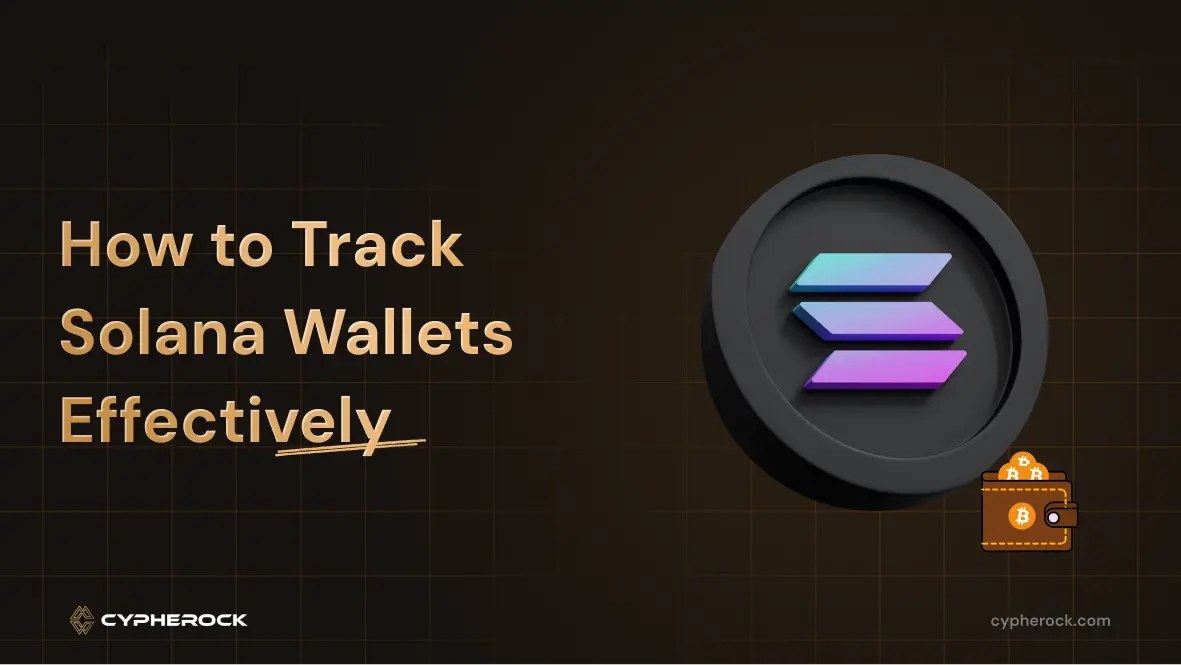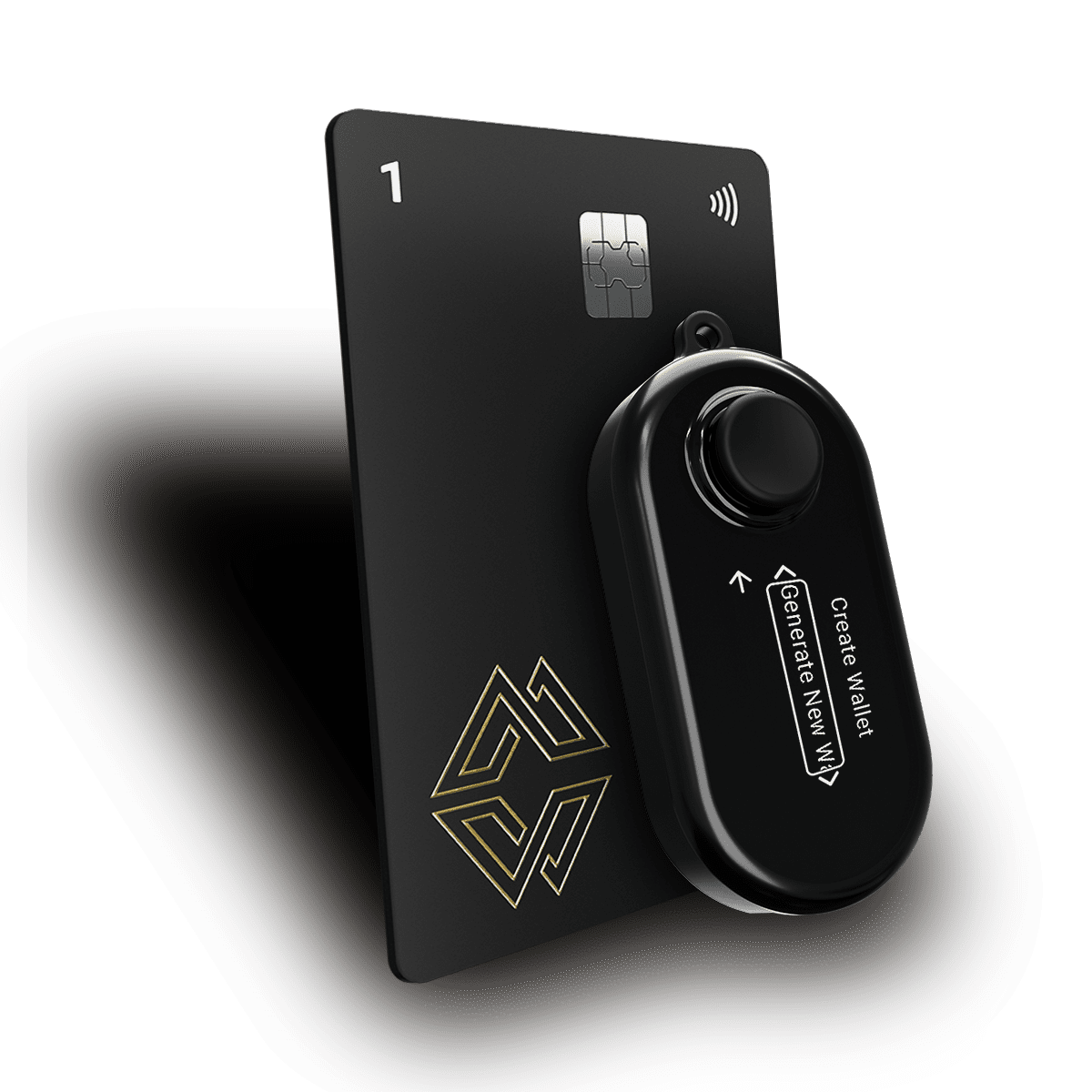

Solana’s speed and low fees have created a buzzing ecosystem full of NFTs, memecoins, and decentralized apps (dApps) that attract traders and enthusiasts alike. But with all the excitement comes risk, one wrong move can leave your assets vulnerable. Blindly signing transactions or interacting with fake screens can result in devastating losses.
Before you dive into tracking Solana wallets for trends or insights, securing your own wallet should be your top priority. If your private keys aren’t safe, nothing else matters.
In this article, we’ll guide you through the importance of wallet security and how to track Solana wallets effectively while keeping your assets protected.
A Solana wallet is your gateway to the Solana blockchain. Think of it as your personal toolkit. You use it to hold private keys, send SOL, and connect to apps.
But here’s something most people don’t realize: wallets do not hold the actual SOL or tokens. Your assets always stay on the Solana blockchain. What the wallet holds are your private keys. These keys prove ownership and let you move funds.
There are two types of wallets you’ll hear about: custodial and non-custodial.
In crypto, self-custody is king. Owning your keys means owning your future. But it also makes you fully responsible. Lose your seed phrase or private key, and there is no password reset.
That’s why a hardware wallet is essential. Cypherock has a deep guide on why you need a hardware wallet if you want to explore further.
When managing Solana, you can choose software wallets or hardware wallets. Each has pros and cons.
Software wallets live on your phone or computer. You download them as apps, browser extensions, or web tools. They make using Solana smooth and quick.
Examples include Phantom and Solflare. With these wallets, you can:
Software wallets are free and easy to set up. That’s why most beginners start here.
But there are risks. Software wallets run on internet-connected devices. This means exposure to hacks, malware, or phishing. A simple browser extension can trick you into signing a bad transaction. And if you click "sign" without knowing the details, that’s called blind signing. It’s like signing a blank check.
The best way to reduce this risk is to pair software wallets with a hardware wallet. That way, your private keys stay offline.
Still, always double-check the sites and dApps you interact with. Scammers thrive in crypto.
Hardware wallets are physical devices. They store private keys offline, away from hackers. Think of them as your personal crypto safe.
Cypherock, Ledger, and Trezor are some of the most well-known names. They use Secure Element chips and clear signing. For years, it has been the standard for many users.
But not all hardware wallets are equal. Some rely on one device only. If that device is lost or damaged, recovery can be stressful. Others rely too much on screens connected to the internet, which can be manipulated.
This is where Cypherock shines. Its multi-component architecture removes single points of failure. It breaks your keys into parts and spreads them securely. Even if one piece is lost, your funds remain safe. With Shamir’s Secret Sharing, recovery is built in. You don’t need to write down or hide a fragile seed phrase.
Cypherock also passed a full security audit by Keylabs, which makes it more trustworthy.
If you’re comparing options, check out Ledger vs. Cypherock X1 for a deeper breakdown.
Tracking Solana wallets gives you a real-time window into market behavior. Here’s why it matters:
Think of wallet tracking as a radar system. It doesn’t predict everything but gives you signals to act smarter.
There are different tools you can use, depending on how deep you want to go.
A blockchain explorer lets you look directly at Solana’s chain. You can search any wallet and see its transactions.
Explorers are free and transparent. They’re the base tool every Solana user should know.
If you hold multiple tokens, a portfolio tracker keeps everything in one place.
These tools let you monitor your assets and compare with other wallets at once.
Analytics tools go beyond explorers and trackers. They dive into wallet clusters, flows, and hidden trends.
Analytics tools often cost money but are worth it for deeper research.
Some traders use Telegram bots to track wallets in real time.
Bots are fast and simple, but be cautious. Copy-trading does not guarantee results. Everyone’s risk profile is different.
Not every wallet is worth tracking. You need a strategy.
Here are common types people follow:
Tracking gives insight into the market’s pulse. But while watching others, never forget to secure your own. Using a hardware wallet like Cypherock X1 ensures you don’t risk your assets while analyzing others.
Here’s a truth many forget: tracking others does not secure your funds. You can have the best tracking setup, but if your wallet is weak, you’re still exposed.
Cypherock X1 gives you decentralised security for Solana and other chains. This means your private keys never touch an internet-connected device. No blind signing risks. No single seed phrase to hide.
It also supports multi-chain portfolios. You can hold Solana, Ethereum, Bitcoin, and Polygon with one device. As your tracking expands, your security stays solid.
For more detail, check these resources:
If you’re serious about tracking, be even more serious about protecting yourself first.
Tracking Solana wallets is powerful. It helps you understand markets, spot trends, and avoid scams. But the most important wallet you need to track is your own.
Your first defense is protecting your keys. With Cypherock X1, you get decentralized key storage, no seed phrase stress, and support for Solana and beyond.
If you want to trade smart, track wallets. If you want to stay safe, protect your keys. Cypherock X1 helps you do both.

Start securing your crypto journey today—visit Cypherock X1 to learn more.
Connect with us:
Twitter: @CypherockWalletTelegram: Join the Community
